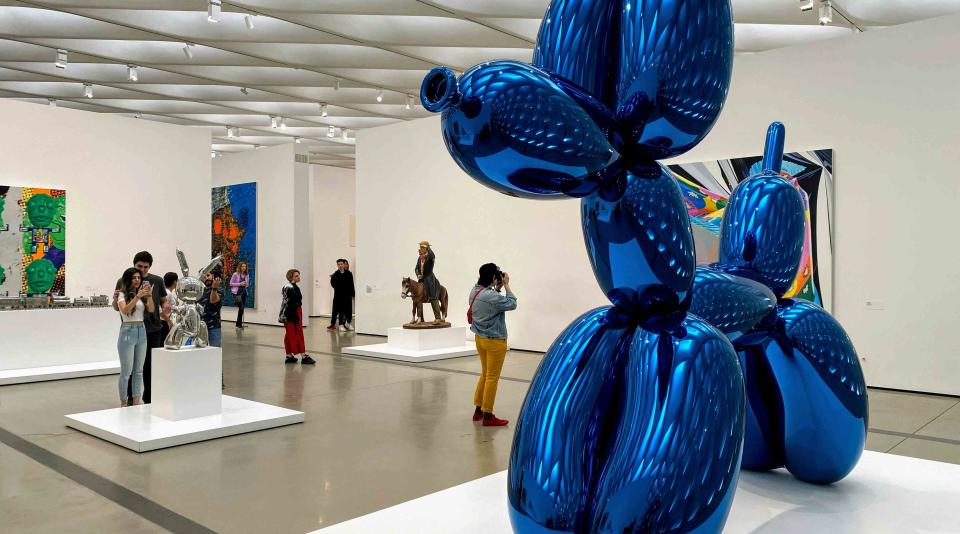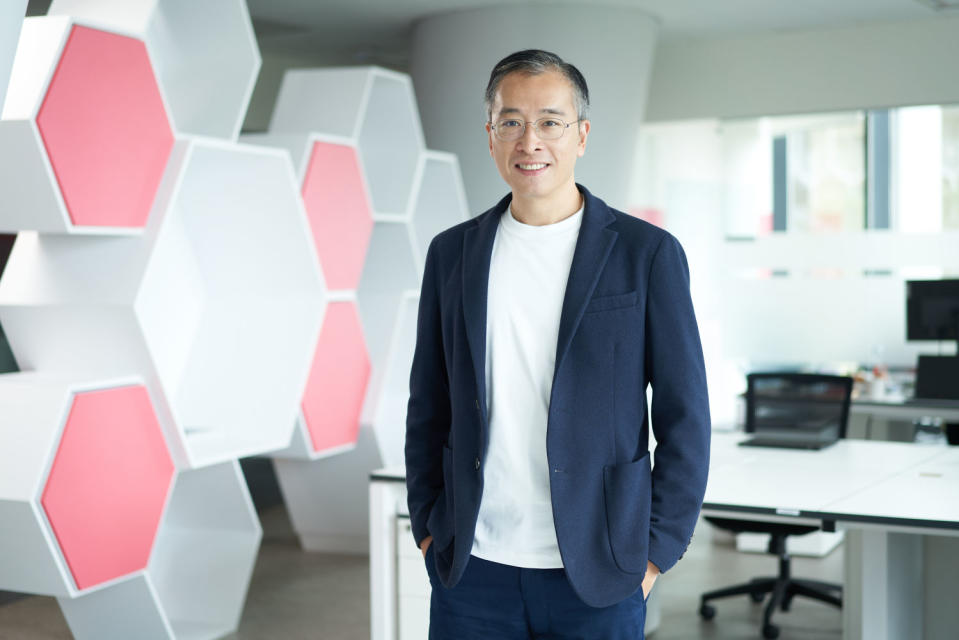From brushstrokes to blockchain: can tokenisation be the key to unlocking art’s hidden wealth?

Tokenisation may unlock liquidity in art and open access for a broader base of investors, says Sygnum Singapore CEO, Gerald Goh.
In recent years, Singapore has witnessed a notable influx of wealthy investors, with the Chinese forming a considerable portion of these new arrivals. In 2022, Singapore's UHNWI (ultra-high net worth individuals) population increased by 6.9% to 4,498, up from 4,206 in 2021. The number of single-family offices has jumped nearly threefold since the pandemic began, largely driven by an influx of wealthy Chinese families.
For the wealthy Chinese, it appears that many of them are opening art galleries across the city-state. This surge in Chinese-owned art venues in Singapore has garnered significant attention. As reported in the South China Morning Post, these galleries serve as showcases for high-value artworks, ranging from contemporary pieces to classical masterpieces. However, despite the opportunities the arrival of new money seems to bring to the local art scene, unlocking liquidity has proven harder than anticipated.
Jingwei Wang, owner of JW Projects, observes, “Buyers here, in general, see art mainly as an asset class for monetary gain.”
It goes without saying then, that for many in Singapore, they are not looking to collect art for art’s sake but to gain access to an alternative asset class.

Gerald Goh is the Co-founder and CEO Singapore of Sygnum, a global digital asset banking group regulated in Switzerland, Singapore, Luxembourg and Abu Dhabi. Photo: Sygnum
Navigating Singapore’s Art Market
According to Amber Shaw, Group Investment Strategist at Art Works, an art advisory firm in the city-state, the Singaporean art scene has traditionally been top-heavy, primarily comprising museum spaces and commercial galleries. This limited infrastructure has not only curtailed the development of new and emerging artists, but has also led to a certain market fatigue since audiences continually encounter the same names and works.
“As an artist and a gallery owner, it’s taken me years to cultivate an audience base,” says Allison Liu, a Beijing-born artist known for her “shan-shui” art. Liu’s gallery Woosee sits in the heart of Singapore’s shopping district at the Mandarin Gallery. "Singapore’s art market is relatively young compared to Hong Kong’s. Galleries and artists here do not have the broad base of collectors they may otherwise find in the territory.”
The Art of Liquidity
Traditionally, there are several ways to unlock liquidity in art. Besides selling the piece, a collector could use their artworks as collateral to secure loans, lease them to museums, businesses or private individuals, and receive royalties from licensing the art for prints, posters, or digital uses.
In recent years, art tokenisation has emerged as a way for artists and owners to obtain liquidity from their art. Touted as a secure and efficient solution, tokenisation, first, “breaks up” a piece of art into digital tokens, facilitating fractional ownership and vis-a-vis lowering the price barrier. “Tokenisation renders high-value artworks more accessible in terms of price,” Shaw explains. “Another advantage of fractional ownership is the potential for increased liquidity through secondary exchange platforms.”
This, however, only addresses one part of the equation.
When One Plus One Does Not Make Two
From one perspective, tokenisation perfectly addresses the access problem. The acquisition of significant works typically necessitates affiliation with top-tier galleries and access to certain networks. When Artemundi partnered with Sygnum in 2021 to tokenise Picasso’s Fillette au beret, Javier Lumbreras, co-owner and CEO of the art investment company said in the press release, “The art market is absurdly opaque and inefficient.” By digitising art through blockchain technology, tokenisation creates digital tokens that represent ownership stakes in the asset. These tokens can be bought, sold, and traded on digital platforms, offering liquidity and transparency to the art market, reducing reliance on traditional intermediaries, streamlining the transaction process and reducing fees.
Moreover, the blockchain provides a secure and immutable record of ownership and transaction history. This mitigates the risk of fraud and forgery, thereby boosting confidence among buyers and sellers.
The successful tokenisation, and the subsequent sale, of a Picasso painting by Sygnum and Artemundi highlights the transformative potential of tokenisation in the art market. The resultant returns for token holders demonstrate the value proposition of this innovative approach.
There is, as with all investment opportunities, a catch. This is where the second part of the equation comes in. “I think there must be a ‘curator’ in the value chain, someone who is able to advise whether an artwork is worth tokenising,” Liu says.
Liu, who holds a Masters in Finance, is frequently called upon by her clients to help them assess if a piece of work is worth their investment. “This is because the goal of tokenisation is in the eventual sale of the art. You want to ensure that the work you are tokenising has the potential to appreciate.” Among the factors used to see if an artwork is “asset grade” are, the artist’s ability to make an impact in history, their marketing finesse, are they creating too much or too little work, and their audience base. “Ultimately, the risk of holding an artwork is transferred, through tokenisation, from the owner to the token holders.
Therefore, it is imperative that the art in question is asset-grade and will be worth more than its initial value when it is sold.” While tokenisation may unlock liquidity in art and open access for a broader base of investors, it goes without saying that the art needs to have the potential to give token holders a meaningful return on their investment. For artists and galleries in Singapore, creating or owning art that holds this promise may be the missing piece in a puzzle we need to locate.
Gerald Goh is the Co-founder and CEO Singapore of Sygnum, a global digital asset banking group regulated in Switzerland, Singapore, Luxembourg and Abu Dhabi.
See Also:
Click here to stay updated with the Latest Business & Investment News in Singapore
PhillipCapital taps Fireblocks to expand digital assets offerings
Sygnum raises US$40 mil to fund expansion into new markets and B2B product developments
Get in-depth insights from our expert contributors, and dive into financial and economic trends

 Yahoo Finance
Yahoo Finance 